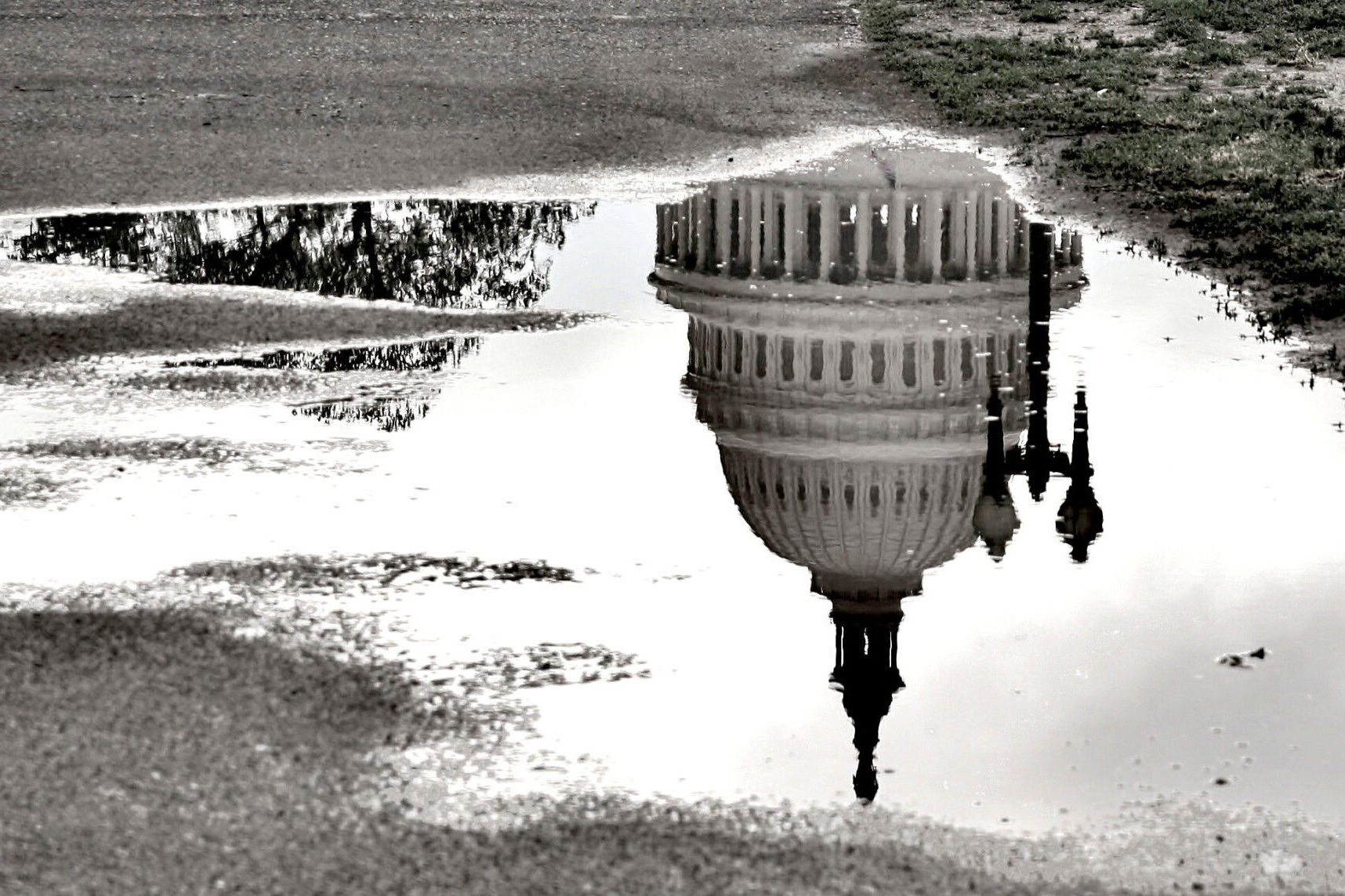Written by the Alliance’s Homelessness Research Institute (Joy Moses, Nicole DuBois, Andrew Hall, Makenna Janes, and Daniel Soucy)
Beginning in 2017, an alarming and ongoing period of rising homelessness has continued into 2023. The unprecedented crisis demands attention from the federal, state, and local governments from across the country.
This was the primary takeaway from the U.S. Department of Housing and Urban Development (HUD)’s 2023 Annual Homeless Assessment Report (AHAR) Part 1, which was released on December 15. The AHAR Part 1 compiles data from Point-in-Time (PIT) Counts conducted nationally in January 2023. To help tell a fuller story of homelessness in America, this blog post offers 12 key data points from this report and additional federal data.
Understanding the Severity of the Current Crisis
Several data points highlight the severity of the current rising homelessness crisis:
653,104 is the number of people who were experiencing homelessness during the 2023 Point-in-Time (PIT) Count. This figure represents a record high since homelessness data collection began in 2007.
12 percent is how much homelessness increased over the course of one year (between the 2022 and 2023 PIT Counts). Another record in the history of data collection, the previous high was only 3 percent and occurred between 2018 and 2019.
64 percent of Continuums of Care (CoCs) reported increases in unsheltered homelessness. This effect is not isolated in cities: more than half of rural and suburban communities saw their numbers go up as well. The increase in unsheltered homelessness was largely driven by increases among individuals (up 10 percent), including people who are chronically homeless (up 18 percent).
46 percent of older adults experiencing homelessness (age 55 and over) live unsheltered. Current reporting for 2023 marks the first time the PIT Count collected data about this age group, which represents 21 of the overall homeless population. Older adults are more likely to be unsheltered than people aged 34 and under.
60 percent of CoCs reported an increase in homelessness among unaccompanied youth between 2022 and 2023. The New York City CoC indicated the largest increase, having 75 percent more unaccompanied youth experiencing homelessness than in 2022. Previously avoiding the rising homelessness trend, 2023 marked the first year that youth numbers increased since 2017.
40 percent is the amount Asian/Asian American homelessness increased between 2022 and 2023. This growth is the largest among all other racial and ethnic groups. Latinos follow this group with another notable increase in homelessness (28 percent). Asian/Asian American and Latino numbers have mirrored the trend in recent years of rising overall homelessness—however, these groups have felt the shift far more severely.
How Did We Get Here?
Other federal data points illustrate the reasons for current rises in homelessness:
Between 2020 and 2022, there was a dramatic 30 percent increase in the number of people entering homelessness for the first time. An expiring federal eviction moratorium (in 2021) and the phasing out of federal COVID relief likely contributed to rising hardships.
Some cities have sounded alarms about surging homelessness among migrants. And, as the Baby Boomer generation retires, researchers have observed that a growing number of people are experiencing homelessness for the first time after age 50 (at least in some parts of the country). These trends likely impacted the 2023 PIT Count.
Only 61 affordable units are available to every 100 extremely low-income renters in the United States. America is in the midst of a long-term affordable housing crisis. Many people are seeking, but simply can’t find housing.
$63.33 per hour is how much an earner(s) would have to make to afford a two-bedroom apartment in the nation’s most expensive housing market (Santa Cruz, CA). Although not quite as high, other major American cities don’t fall too far behind — and their rents have been escalating during this period of rising homelessness. Rents in major cities outpace what low-income people earn. Many households are rent-burdened, spending more than 30 percent of their income on housing. Research has shown that higher levels of rent burden are associated with increased homelessness.
Amid Increases, Data Shows Progress on Homelessness
The recent data is distressing, but various data points in both the 2023 AHAR Part 1 and additional HUD reports suggest that certain progress is occurring, and systems are experiencing success in their efforts to end homelessness:
27 percent of CoCs experienced reductions in overall homelessness between 2022 and 2023. Thus, not every region is being impacted by the rising homelessness trend. Entire states made significant progress—Louisiana reduced homelessness by 57 percent, while Delaware reduced homelessness by 47.4 percent.
Some regions experienced marked progress specifically related to unsheltered homelessness: the Jackson, MS CoC reduced unsheltered homelessness by 81 percent, and the Chattanooga, TN CoC reduced its unsheltered homelessness by 54 percent.
Between 2021 and 2022, there was an 8 percent increase in the number of people who exited homelessness into permanent housing. Systems have been successful in their goal of connecting people to housing. Unfortunately, over the same period, there was a 26 percent increase in the number of people newly becoming homeless. Systems just weren’t able to keep up with the growing demand for their services.
During the current period of rising homelessness (since 2017), there was a 24 percent increase in the number of permanent and temporary beds available through homeless services systems throughout the country. Providers have successfully expanded their reach—but as noted above,they haven’t had enough resources to keep up with the unprecedented crisis.
Stay Updated: Solutions, Stories, and Ways to Make an Impact
Sign up to receive updates on the Alliance’s work, including the latest research, advocacy efforts, and real stories of progress — plus ways you can help drive lasting change.














